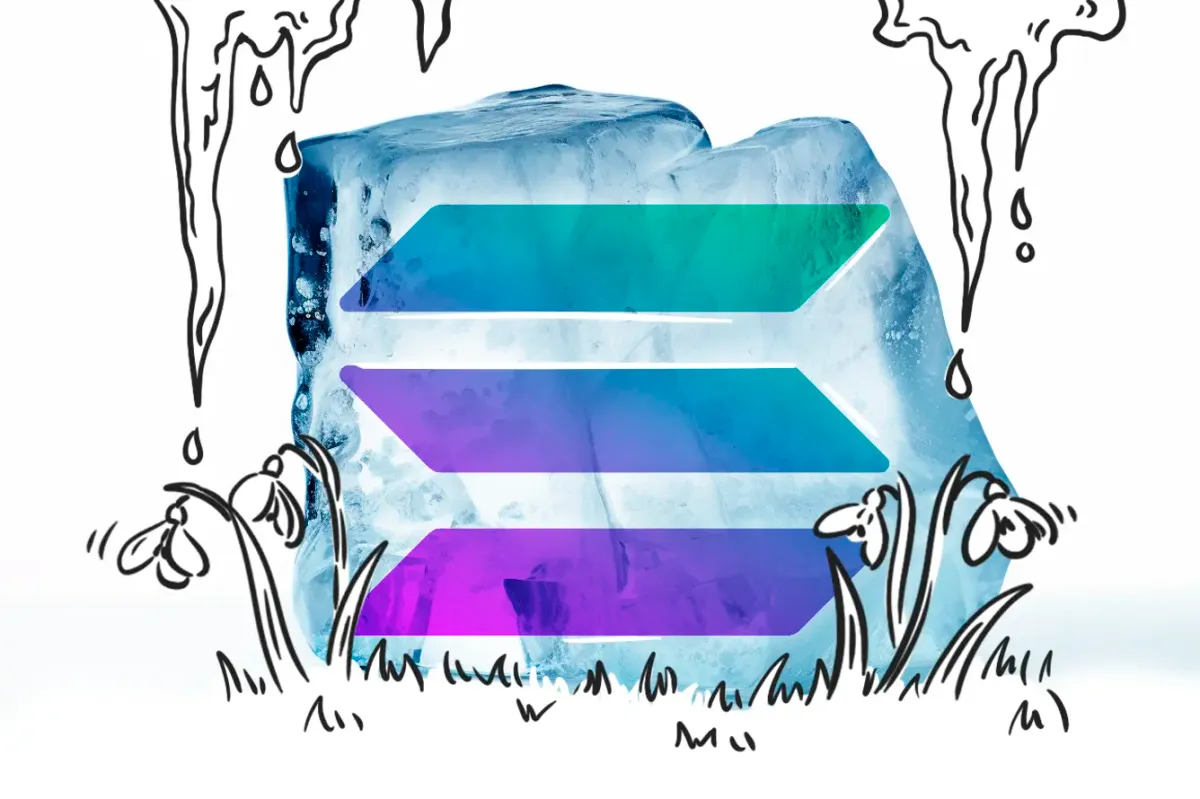
Solana's intimate relationship with FTX left it in a tough position after the collapse of the crypto exchange last November. However, with a continuing upward price trajectory maintained for the past two months, the SOL token has seen a further 11% gain this week. Almost exactly one year after the winter truly set in for crypto, Solana developers met in Amsterdam to announce a new age for the blockchain so promising that not even the SBF trial could hold down the token price.
Confirming the buzz and market interest Solana has been receiving lately, the ecosystem's yearly conference, Breakpoint, was a compendium of technological breakthrough revelations. If implemented successfully, they could significantly expand the use cases of Web3 and establish Solana as one of the best-positioned blockchains to host the next wave of crypto adoption.
Time is of the essence
Solana was built to be an 'Ethereum killer', but the path towards fulfilling its fate has been filled with technical constraints. Its dependence on its sole native client software has been the source of constant outages, a problem Anatoly Yakovenko, the founder and CEO of Solana Labs, deems a "curse".
Aimed at improving the network's speed and reliability, Solana developers launched Firedancer on testnet at this year's Breakpoint. Designed by Jump Crypto, the new client validator is built in an entirely different coding language, and independently from Solana Labs.
Firedancer will increase Solana's throughput from 60,000 transactions per second (TPS) to over 1 million. As more transactions lead to an increase in the volume of gas fees, the expected rise in network activity should lower the per-transaction price required to interact with the blockchain.
The new client validator, expected to be launched on the mainnet by Summer 2024, will also allow Solana to host more apps. These apps should not only run faster, but they should be cheaper to use.
Torrent of new developments
The faith developers originally had in Solana's potential didn't sink with FTX's ship. While traders might have been quick to abandon Sam Bankman-Fried's favourite blockchain project, Solana's number of active developers has grown by 40% over the past year.
At Breakpoint, many of them showcased what they have been working on - a compilation of technological enhancements that hope to make Solana easy to navigate for people from outside of the ecosystem.
In blockchain gaming, the beta launch of GameShift opens a new platform for game developers to easily add blockchain functionality without knowing how to code Web3 elements.
Solana Phantom, the network's wallet, rolled out an easy way for everybody to create their own NFTs. With Camera Mint, any picture, document, or piece of content can, with a click, be turned into a digital collectible.
A partnership with Amazon Web Services was announced, allowing enterprises to deploy Solana nodes on AWS with minimal technical effort, in order to connect their DApps to the blockchain.
It was also revealed at Breakpoint that, in a major leap of transparency, Solana data is now on Google Cloud BigQuery, giving all users easy access to the network's data regarding transactions or network activity.
A more stable future
Financial markets have rollercoaster-like peaks and dips. On the other hand, markets of products and services, as they directly impact economic activity, are more stable.
For the developers who remained in Solana's ecosystem after the hype was over and for those who joined while the SOL token's price was in the pits, the network meant more than just a cryptocurrency.
While the price of SOL can still suffer at the whims of financial markets, Solana is today a much more resilient blockchain whose value to its users continues to grow.

